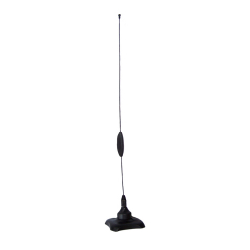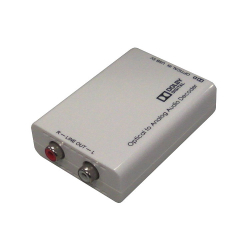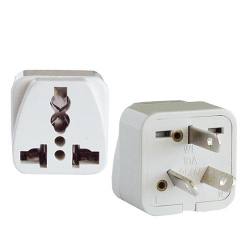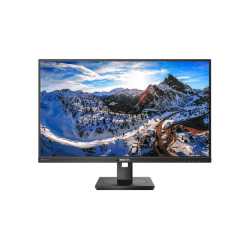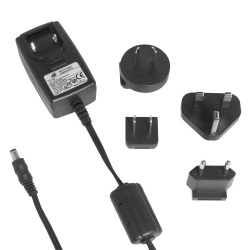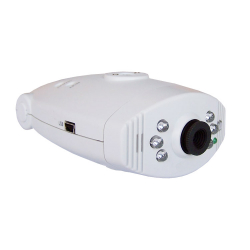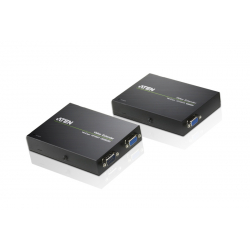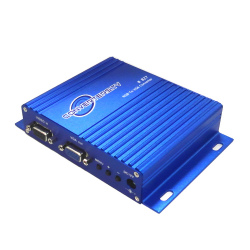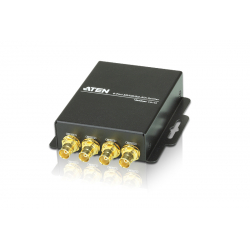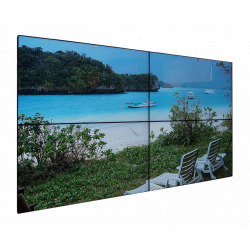A B C D E F G H I J K L M N O P Q R S T U V W X Y Z _
| PAL-60 | A substandard of PAL used by some countries, utilising 60Hz instead of 50Hz refreshing frequency. Some multi-standard equipment can take American NTSC and transcode the signal into PAL format. When operating in this mode most of them do not output a true (625/25) PAL signal but rather a hybrid of PAL and NTSC known as PAL-60 (or 'pseudo PAL') with "60" standing for 60 Hz, instead of 50 Hz. Some video game consoles also output a signal in this mode. Most newer television sets can display such a signal correctly but some will only do so (if at all) in black and white or with other problems. A PAL-60 signal is similar to an NTSC (525/30) signal but with a PAL chrominance subcarrier at 4.43 MHz (instead of 3.58) and with the PAL-specific phase alternation of the red colour difference signal between the lines. |
| PAP | Picture and Picture (PAP), also commonly referred to as PBP (Picture by Picture), is a technique where two programs are displayed side-by-side on the screen, with the sound from one program being played through the speakers, and the sound from the other being sent to headphones. A somewhat similar function is called Picture and Text (PAT), where the screen is divided into one program and one teletext page. |
| PIP | Picture-In-Picture (PIP) is a feature of some television receivers and multimedia devices. Using the PIP function, one image is displayed on the full TV screen/monitor at the same time as one or more other programs are displayed in inset windows. Sound is usually from the main program only. The PIP function is useful in monitoring several video images simultaneously on one screen. |
| Progressive Scan | Progressive scan is a method for displaying, storing or transmitting moving images in which all the lines of each frame are drawn in sequence. The video signal beam does not skip alternate lines, but fills in each line every time, which tends to render smoother motion sequences. This is in contrast to the interlacing used in traditional television systems where only the odd lines, then the even lines of each frame (each image now called a field) are drawn alternately. Advantages of progressive scan include a higher vertical resolution than interlaced video with the same frame rate, an absence of visual artifacts associated with interlaced video of the same line rate, and better results when scaling to higher resolutions than equivalent interlaced video, such as upconverting 480p to display on a 1080p HDTV. A disadvantage of progressive scan is that it requires higher bandwidth than interlaced video that has the same frame size and vertical refresh rate. |
| Refresh Rate | The number of times in a second that display hardware draws the data, refreshing the image. Refresh rates for broadcast TV vary by region – for example, European HD systems run at 50 Hz. On CRT displays, increasing the refresh rate decreases flickering, thereby reducing eye strain. However, if a refresh rate is specified that is beyond what is recommended for the display, damage to the display can occur. Refresh Rate is distinct from the measure of frame rate in that the refresh rate includes the repeated drawing of identical frames, while frame rate measures how often a video source can feed an entire frame of new data to a display. |
| RCA Plug | A type of electrical connector commonly used to carry audio and video signals. In the most normal usage, cables have a standard plug on each end, consisting of a central male connector, surrounded by a ring. Devices mount the jack, consisting of a central hole with a ring of metal around it. Plugs and sockets on consumer equipment are conventionally colour-coded to aid correct connections. For example yellow for composite video, red for the right channel, and white or black for the left channel of stereo audio. This trio (or pair) of jacks can be found on the back of almost all audio and video equipment. The name 'RCA' derives from the Radio Corporation of America, which introduced the design by the early 1940s to allow mono phonograph players to be connected to amplifiers. RCA Plugs are also commonly referred to as Phono Plugs. |
| RF Connector | An electrical connector designed to work at radio frequencies in the multi-megahertz range. RF connectors are typically used with coaxial cables and are designed to maintain the shielding that the coaxial design offers. Better models also minimise the change in transmission line impedance at the connection. |
| RGB+HV | A RGB signal where the synchronisation impulses that keep the picture fully synchronised (all colours at the right time) are found in separate cables. RGB has three wires and HV adds two more wires. |
| SCART | SCART is a 21-pin analog connection standard for connecting audio-visual (AV) equipment together. Also known as Euroconnector or Peritel. In Europe, SCART is the most common method of connecting audio-visual equipment together, and has become a standard connector for such devices. It is far less common elsewhere in the world. Simplicity of connections is the main advantage of the SCART system, however, it is not recommended for professional use as the physical connection is quite weak and signal leakage is too high. SCART is becoming obsolete with the introduction of new digital standards such as HDMI, which can also carry high-definition content and multichannel audio. |
